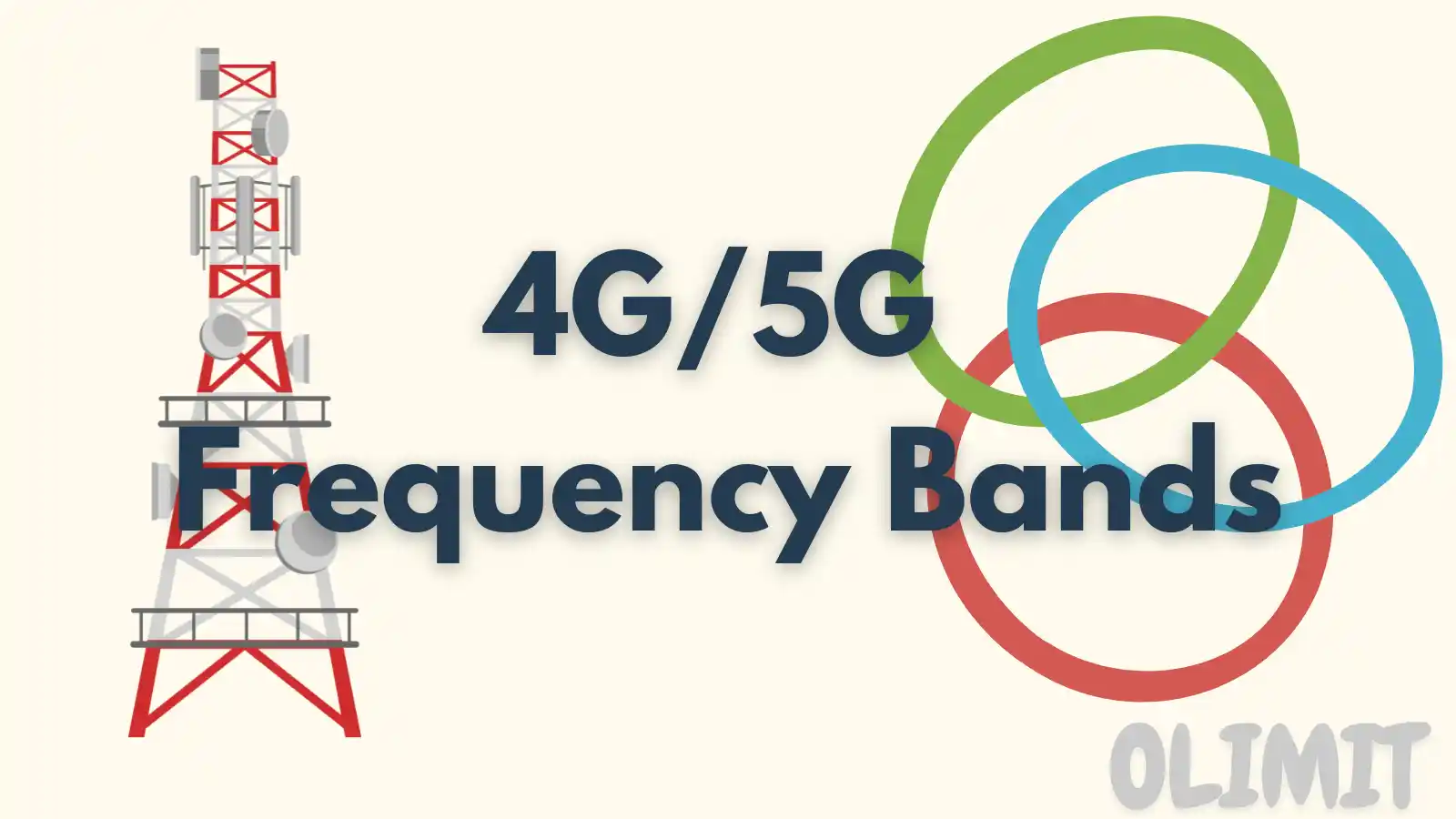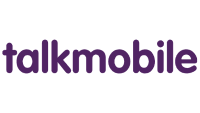UK Mobile Network Frequencies: What They Mean for You
When choosing a mobile network, most people focus on price, data limits, and perks. But the actual frequency bands your network uses can massively affect your coverage, speed, and reliability — especially in rural areas or crowded cities. Let’s break down which UK mobile networks use which frequencies and what it all means for you.
💡 Quick Summary of Frequency Bands in the UK
The UK uses the following mobile frequency bands for 2G, 3G, 4G, and 5G:
- 800MHz (Band 20) – great indoor and rural coverage
- 900MHz (Band 8)
- 1400MHz SDL (Band 32)
- 1800MHz (Band 3)
- 2100MHz (Band 1)
- 2300MHz (Band 40)
- 2600MHz FDD/TDD (Bands 7 & 38) – higher speeds, shorter range
- 3400–4000MHz (Bands 42/43 n78) – main 5G spectrum
- 3600–3800MHz – high-capacity 5G (used by Three)
📡 Frequency Bands Used by Major UK Networks
| Network | Frequencies Used | Mobile Tech |
|---|---|---|
| EE | 800MHz, 1800MHz, 2100MHz, 2600MHz, 3400MHz | 2G, 3G, 4G, 5G |
| O2 | 800MHz, 900MHz, 1800MHz, 2100MHz, 2300MHz, 3400MHz | 2G, 3G, 4G, 5G |
| Vodafone | 800MHz, 900MHz, 1400MHz, 1800MHz, 2100MHz, 2600MHz, 3400MHz | 2G, 3G, 4G, 5G |
| Three | 800MHz, 1400MHz, 1800MHz, 2100MHz, 3400MHz, 3600-4000MHz | 3G, 4G, 5G |
🧩 Frequencies Used by MVNOs (Virtual Networks)
These providers piggyback off the main networks and use the same frequencies as their hosts.
| MVNO | Network Host | Frequencies Used |
|---|---|---|
| Asda Mobile | Vodafone | 1800MHz, 2100MHz, 2600MHz |
| BT Mobile | EE | 800MHz, 1800MHz, 2100MHz, 2600MHz, 3400MHz |
| iD Mobile | Three | 800MHz, 1800MHz, 2100MHz |
| FreedomPop | Three | 800MHz, 1800MHz, 2100MHz |
| Giffgaff | O2 | 800MHz, 900MHz, 1800MHz, 2100MHz, 2300MHz |
| Lebara Mobile | Vodafone | 800MHz, 900MHz, 1400MHz, 1800MHz, 2100MHz, 2600MHz |
| Lyca Mobile | O2 | 800MHz, 900MHz, 1800MHz, 2100MHz, 2300MHz |
| Tesco Mobile | O2 | 800MHz, 900MHz, 1800MHz, 2100MHz, 2300MHz |
| Virgin Mobile | Vodafone (EE previously) | 1800MHz, 2100MHz, 2600MHz |
| VOXI | Vodafone | 800MHz, 900MHz, 1400MHz, 1800MHz, 2100MHz, 2600MHz |
🔍 What Do These Frequencies Mean?
Lower frequencies like 800MHz and 900MHz:
- Travel further
- Better for indoor and rural coverage
- But lower capacity (slower in busy areas)
Mid-band frequencies like 1800MHz and 2100MHz:
- Balance between speed and coverage
- Good for urban and suburban use
High frequencies like 2600MHz and 3400–3600MHz:
- Offer faster speeds and higher capacity
- Shorter range and worse at penetrating buildings
🏙️ Which Frequencies Are Best for You?
- Rural user? Look for networks that use 800MHz (EE, O2, Vodafone, Three).
- City-based? You’ll benefit from high-capacity bands like 2600MHz and 3400MHz.
- Need 5G? Choose a network with spectrum at 3400–3600MHz like Three or EE.
📱 Is My Phone Compatible?
Most UK-sold phones support all major UK frequency bands. If you’re importing a handset, check the supported bands on the manufacturer’s website and compare them to your preferred network’s bands.
🚀 Final Word: Which Network Has the Best Spectrum?
Based purely on spectrum holdings:
- EE leads with the most balanced spectrum across all bands.
- Three has the most 5G-focused spectrum (ideal for high speeds).
- Vodafone offers wide compatibility with added mid-band options.
- O2 has solid low and mid-band coverage but slightly less 5G bandwidth.
No matter what, all UK networks provide robust 4G coverage — it comes down to your location and how you use your phone.




